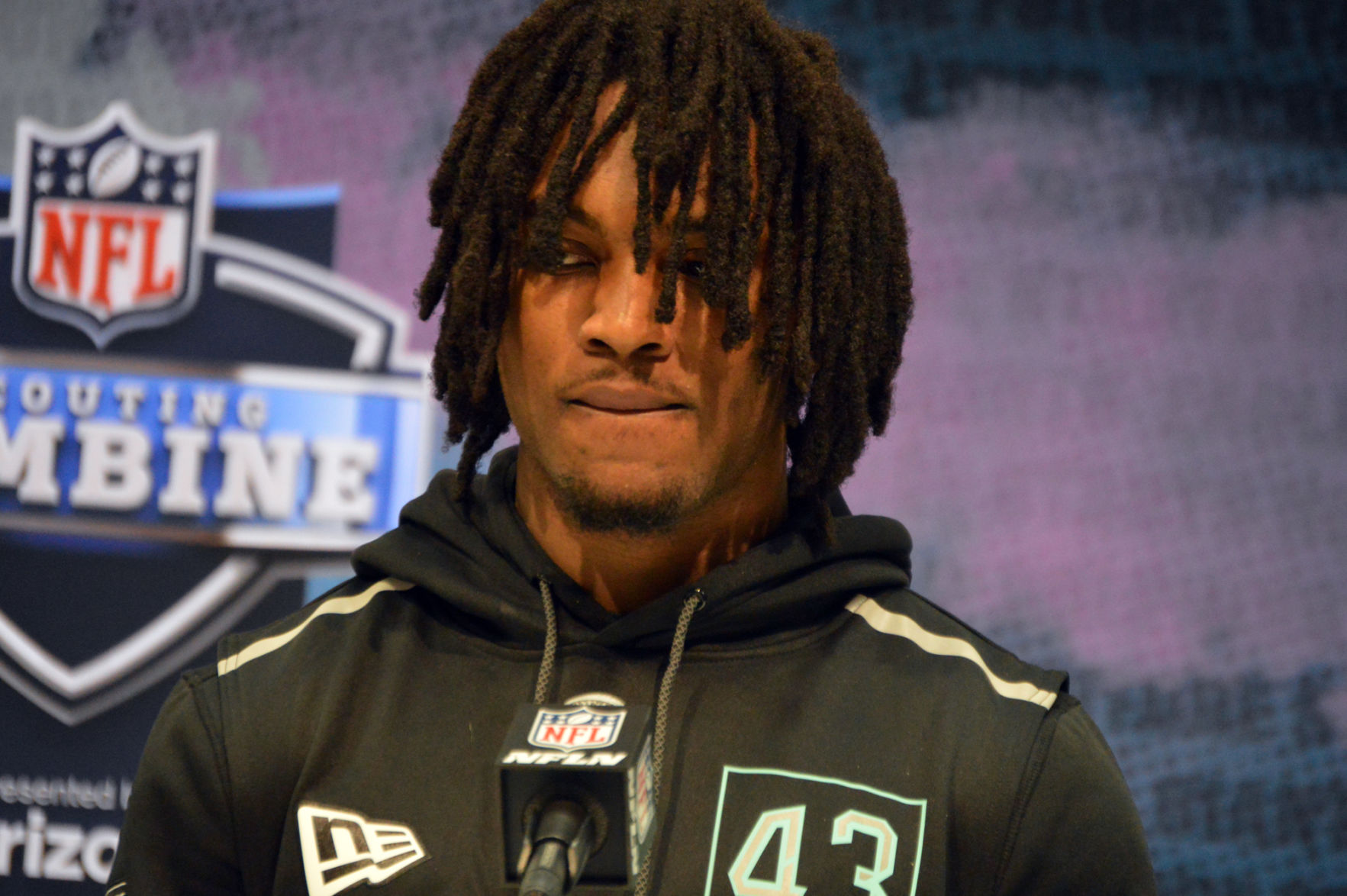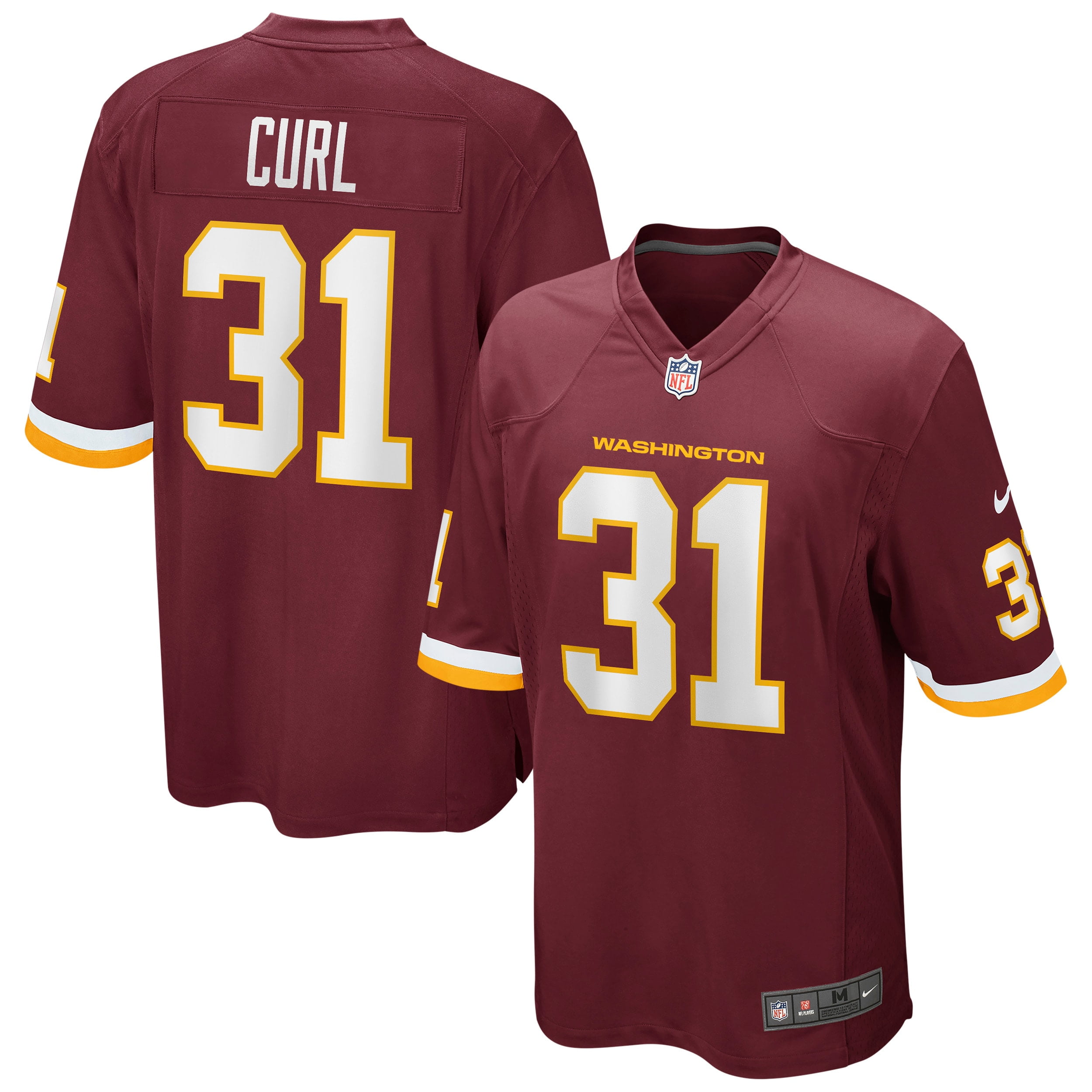

That effort and desire to save the play, when he could have easily given up as the play wasn’t even on his side of the field, was tremendous and spoke to his mentality. His efforts are rewarded as he just brings down the back inside the 10. Curl works from the far hash to the sideline, chasing the running back down the field and making a diving effort to save the touchdown.
#Kamren curl free
Auburn gets some key blocks while the other Arkansas defenders struggle to fit into the play accordingly, giving the back a free rushing lane to the edge and down the sideline. Curl aligns as the deep safety to the left of the offensive formation, opposite the direction of the run. Here, Auburn runs a toss play to its right. That’s a mentality that is required to be a core special teams player. He never quit on plays and showed great desire even when the play looked out of reach.

One thing that stood out when watching Curl was the effort on every play. Fortunately, the ball was overthrown, but an accurate pass would have resulted in a touchdown.Ĭurl has a specific role that he can perform as a coverage defender but will be more likely to make the team as a special teams player. But Curl’s hips and lack of speed means he’s unable to recover, leaving Jeudy wide open.

Jeudy shows just why he was a first-round pick, with an extremely sharp cut out of the slant to skip past Curl and break back up the seam. Curl steps up to try to match Jeudy’s route, biting heavily on the slant pattern. Like on the previous play, Arkansas tries to disguise a slot corner blitz, with the slot corner leaving Jeudy late while Curl rotates down to replace him. He runs a sluggo, or slant-and-go double move, designed to get the opposing defender to bite on the fake slant. This is where his lack of speed and somewhat stiff hips were exposed.Īlabama lines up recent first-round pick Jerry Jeudy in the slot on this play. However, while Curl is solid from a split safety coverage role, his cornerback background meant he was often asked to rotate to cover the slot. From the end zone angle, we can see how Curl tracks the ball and gets his hand up into the catch point, knocking it away. He loses track of the route for a moment, which isn’t ideal, but he finds the ball and plays it instead of the receiver. Once the receiver gives a tell that the ball is arriving, Curl turns his head to locate the throw. He stays with the receiver deep, reading his eyes for an indication that the ball is coming.

Curl does an excellent job of not taking the bait and staying deep to match the post route. This is designed to get a split safety, as Curl is here to bite on the slot receiver and vacate the post for the outside receiver. On this play, LSU runs a pin or mills concept, asking the slot receiver to break inside at about 10 yards while the outside receiver runs a deep post behind it. He also displayed good ball skills, which is an underrated aspect of safety play. When Curl lined up as a split safety, in either a Cover 2 or quarters coverage scheme, he was a solid safety that could play with vision and instincts. He has good size and length at 6-foot-1, 206 pounds, but lacks some speed and quickness to help him cover a variety of routes. Kamren CurlĬurl is a former cornerback that converted to safety during his last two seasons at Arkansas. Can either Curl or Smith-Williams follow suit? Here’s what they have to offer. Josh Harvey-Clemons, Greg Stroman, Trey Quinn and Jimmy Moreland are all seventh-round picks from recent years who made the team and contributed. However, the Redskins have found some contributors in the seventh round since Kyle Smith has started running the draft. There are rarely any expectations of seventh-round picks, and they aren’t guaranteed to make the roster. The Redskins added two defensive players in the seventh round of the draft this past weekend, defensive back Kamren Curl out of Arkansas and defensive end James Smith-Williams from N.C.


 0 kommentar(er)
0 kommentar(er)
